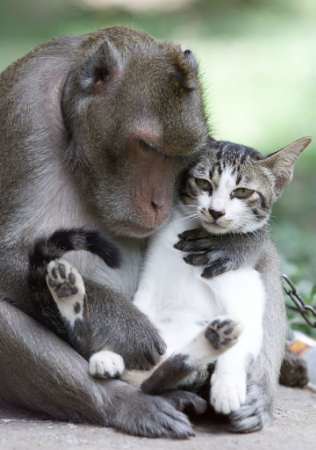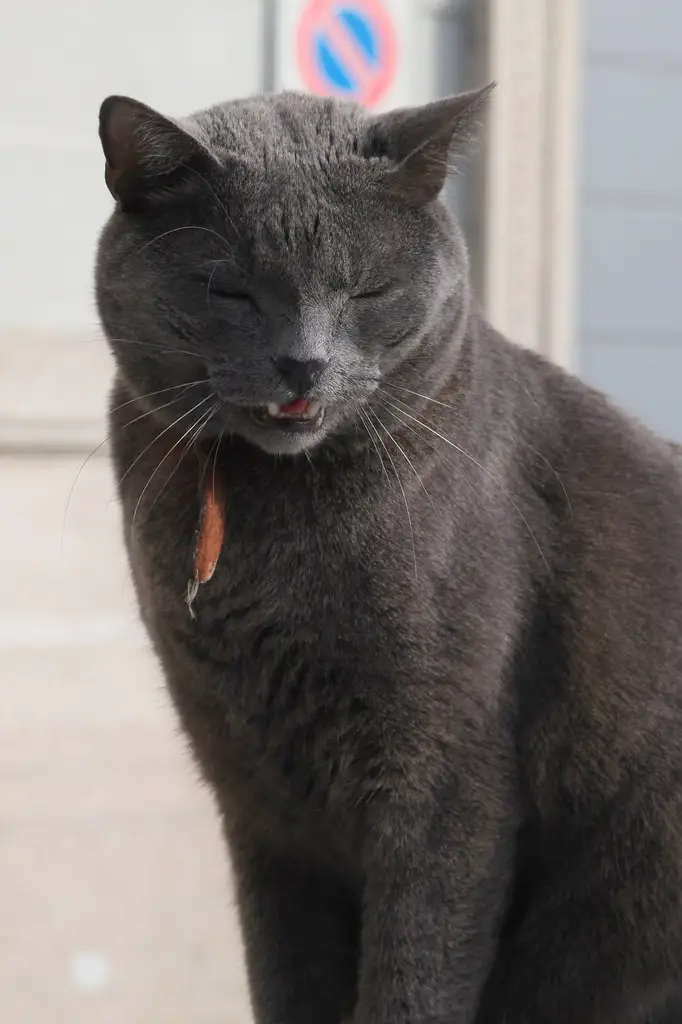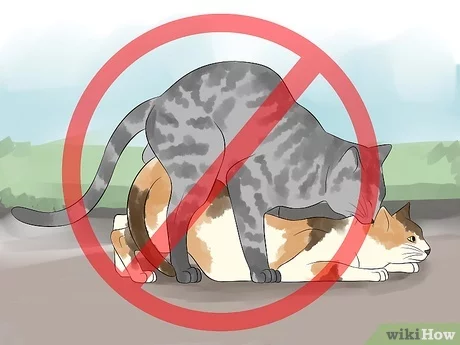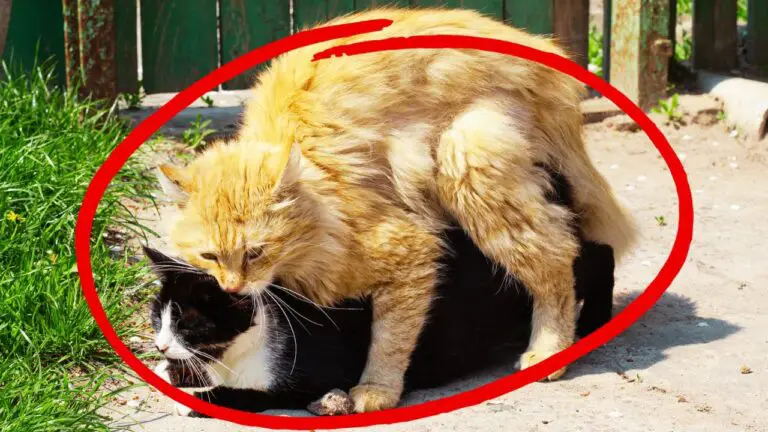The Complete Guide to Breeding Purebred Cats
In the world of domestic animals, the elegance and poise of purebred cats have long captivated the hearts of pet enthusiasts. Breeding these remarkable creatures is both an art and a science, combining a delicate understanding of genetics with an unwavering commitment to animal well-being. This comprehensive guide is tailored to anyone who dreams of contributing to the legacy of these regal felines through responsible and ethical breeding practices.

The Allure of Purebred Cats
The allure of a purebred cat is as much a product of its beauty as it is of its unique personality traits and historical legacy. For many, the distinctive features and breed-specific behaviors of these cats are what make them beloved companions. The image of a British Shorthair, with its plush, blue coat and round face, or a Siamese, with striking blue almond-shaped eyes, has become emblematic of a pet owner’s preference for a specific cat ‘standard.’
Despite the growing emphasis on adopting shelter animals, there remains a community of enthusiasts for whom purebred cats represent something special and traditional. While the endeavor to breed these animals can be fulfilling, it is not without its significant responsibilities and potential pitfalls.
Understanding Purebred Cats
To breed purebred cats with intelligence and compassion, one must first understand what defines them. Purebred cats are those whose parentage for a minimum of three generations has been of the same breed. This lineage ensures predictability in terms of what an owner can expect in terms of looks, size, temperament, and other breed-specific traits.
Each breed has distinct characteristics that are laid out in recognized breed standards. These guidelines detail the ideal body shape, size, color, coat type, and behavior. Breeders use these standards to select mating pairs that will produce offspring consistent with these ideals, a practice instrumental in maintaining breed integrity.
Preparing for Breeding
Responsible breeders approach their craft with meticulous preparation. Before a single mating takes place, breeders should address several important considerations:
Health Testing
The health of the breeding pair is paramount. Cats should be tested for common hereditary conditions specific to their breed. This not only helps ensure the well-being of the kittens but also prevents the perpetuation of genetic disorders.
Legal Aspects
Breeders must familiarize themselves with local and national laws pertaining to animal breeding, registration, and sales. Compliance includes obtaining licenses, following any breeding restrictions, and adhering to animal welfare regulations.
Ethics
Understanding the moral implications of breeding is crucial. Responsible breeders prioritize the welfare of their cats, often committing to finding suitable homes for any kittens they cannot keep. This approach helps counteract the criticism often directed toward the breeding community.
The Breeding Process
Selecting the right pair is a delicate process. Potential breeders must not only match two cats with complementary traits but also consider individual health, temperament, and prior nutritional and environmental influences.
Mating is a cat’s natural instinct, but human intervention may be necessary to ensure success. Breeders often supervise the process to protect the cats from injury and to confirm that copulation has occurred. After mating, gestation for a female cat lasts about 63-65 days, during which they require specialized care.
Caring for Newborn Kittens
A litter’s arrival necessitates a shift in focus to newborn care. This involves providing a safe and warm environment, monitoring the health of the mother and kittens, and addressing nutritional needs. Socialization is also paramount, as early interactions shape a kitten’s behavior for life.

Finding the Right Homes
Responsible breeders view finding suitable homes for their kittens as a reflection of their commitment to ethical practices. This means thoroughly vetting potential owners, ensuring the cats will be well-cared for, and offering support and advice to new cat parents.
Prospective adopters should be ready to meet the financial, time, and space requirements of a purebred cat’s needs. An in-depth discussion about these needs, as well as the cat’s specific personality traits, is critical.
Challenges and Rewards
Breeding purebred cats is not without challenges. The potential for complications during gestation and delivery is real, and the breeder must be prepared to intervene or seek veterinary care as needed. There is also the emotional aspect of parting with the kittens, who have often been lovingly nurtured for their first weeks of life.
The rewards, however, can be immeasurable. Watching the evolution of a litter from their first fragile mewls to robust, playful youngsters is a joy that only those invested in the careful art of breeding can fully appreciate.
Conclusion
Breeding purebred cats is a pursuit that combines love for animals with a scientific approach to maintain and improve breeds. Responsible breeding is an important contribution to the expansive world of feline companionship. It is incumbent upon breeders to foster a culture of ethical practices and to prioritize the well-being of the animals above all else.
For those drawn to this path, education, and mentorship in the art of breeding are indispensable. By understanding the intricacies of genetic inheritance, adhering to moral breeding standards, and above all, valuing the individual lives they help bring into the world, breeders can uphold the legacy of purebred cats with dignity and compassion.







